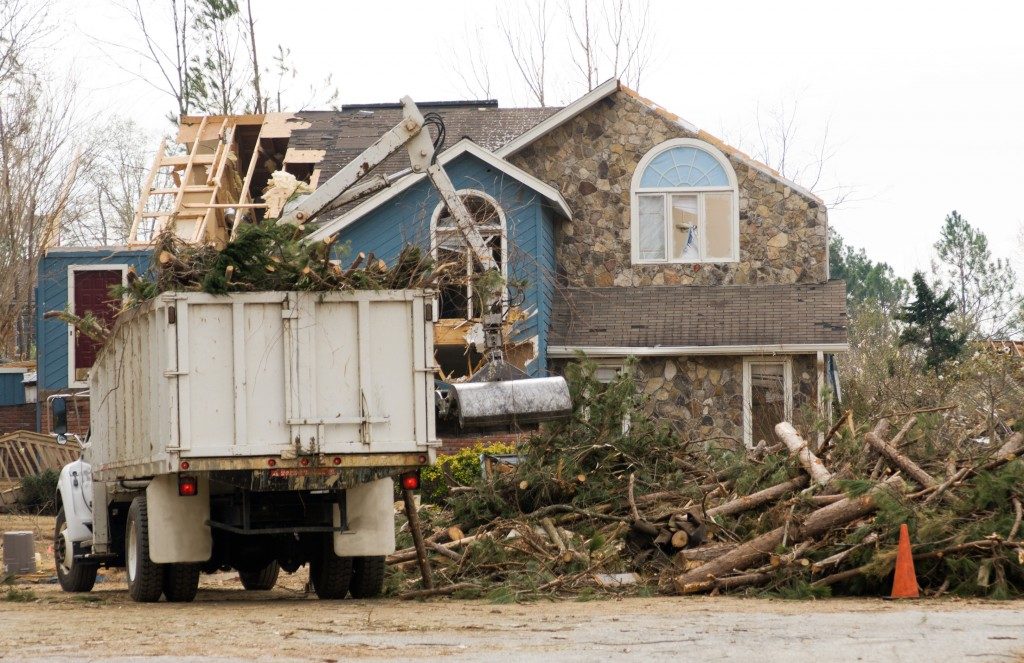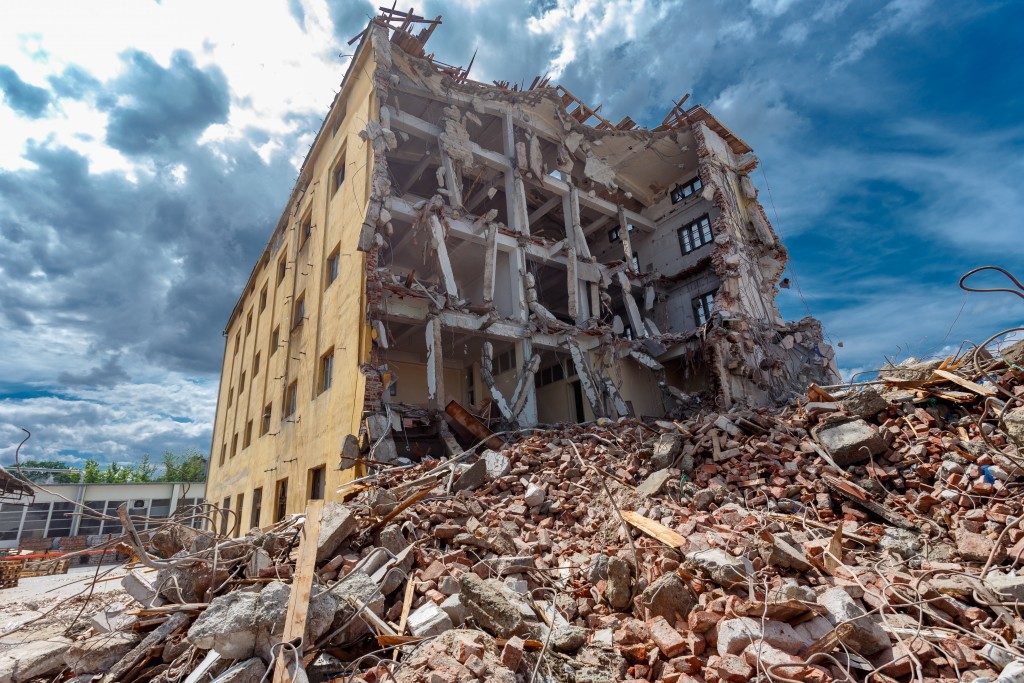Natural disasters are a force to be reckoned with. It doesn’t matter how sturdy we think our homes and buildings are — they and everything else we’ve built is often at the mercy of the elements. Whether or not this is a quick event or something that happens over time is something irrelevant; our homes are more temporary than we think.
That is why retrofitting your home for natural disasters is so important. In Utah, window installations need to be checked regularly to make sure they can stand against the weight of snow. Roofs in Florida need to account for the massive amounts of rain being experienced there, and high-rise buildings in San Francisco are regularly checked to make sure they are shockproof.
If you’re thinking about minimizing your costs if the worst happens, here are some things you should consider:
Have your home inspected regularly
As our homes age over time, many components can start falling apart due to overuse or underuse. Electrical wiring, your water and sewage lines, and even your ventilation systems can all fail over time and require regular maintenance and check.
In the event of natural disasters, these systems are often the most crucial to our immediate survival — or alternatively, be the cause of escalating your current crisis. Blown fuses and leaking water lines can make repairs more difficult and present additional hazards that you’ll need to deal with even after the disaster is over.
Reinforce your windows
Natural lighting has always been extremely important in any property, which is why many homes have a generous number of windows. Not only do they deal with ventilation issues, but they can afford much-needed privacy while maximizing the use of light.
Unfortunately, in the event of strong winds or snow, they’re also among the biggest hazards that you can have in your house. Shards of broken glass can cause immense structural damage and can be very expensive to replace. If your home has plenty of windows, make sure they are up to building codes and standards or have them refurbished with stronger panes.
Secure your furnishings

In the event of an earthquake, one of the biggest internal hazards is unsecured furniture. Things like bookcases, hanging lights, and tall cabinets can often get tipped over during intense shakes and they present a safety hazard if not secured. Making sure they’re well-bolted to the floor or wall is a good way to prevent these situations from happening.
Even if the storage unit is sealed, it’s also important to make sure the contents are just as secure. Objects can rattle around and fly off the shelves when it comes to earthquakes, and this can be more dangerous than you’d think—say, an entire rack of unsecured knives falling from your kitchen cabinets.
Natural disasters are unavoidable, but there are concrete steps that we can take to minimize the damage and our losses. Not only does this make repairs and recovery much easier, but it can be life-saving in the right circumstances.

